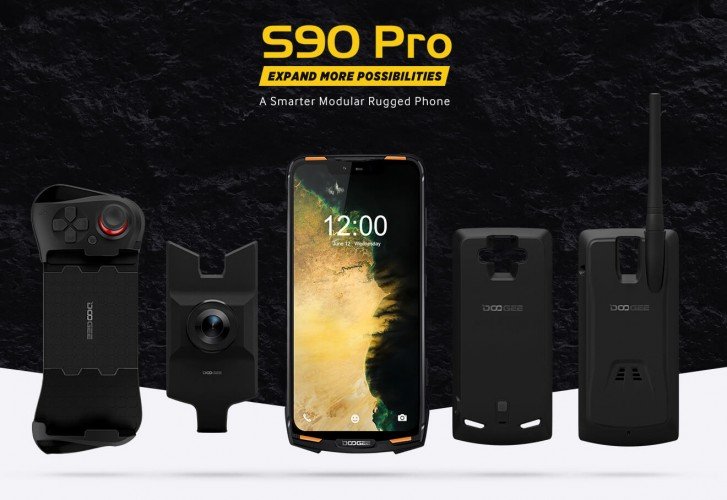

The Dimensity series is the current flagship Series of MediaTek. For older MediaTek processors that support 3G connectivity, you can look at their specs on the MediaTek’s official website. To keep the list short, we have only included the new-generation Processors that support 4G connectivity. We have divided the list based on the series a processor belongs to. The performance of these chips is below par and should be avoided unless you’re buying an extremely cheap phone with a budget lower than $100. These can suffer from occasional lags as well as throttling issues.

The general performance of these chips is below average but it is acceptable in the lower end phones. If you have a low budget, try to get a phone that fits in this category. But you’re unlikely to observe any lags or any other significant issues. In this range, the performance of SOCs is above average. If you’re buying a mid-range phone then you should target this range. Between 100-125Ī score between 85 and 110 will result in a great performance in general use as well as gaming. Unfortunately, none of the MediaTek SOCs have crossed 110 so far. Selecting a phone with a processor from this category is highly recommended for the best user experience.
#Helio p70 vs g80 how to#
How to understand the above data? Above 125Ī processor with a score higher than 110 delivers excellent performance in Gaming as well as Heavy usage. And well, the AnTuTu benchmark scores for both the chipset are pretty comparable.*The scores marked with a star are only estimated without real-world testing. We may not have any smartphones powered by the Helio G80 and Helio G85 on us at the moment but Realme and Xiaomi have shared AnTuTu benchmark scores for both chipsets at the Realme 6i and Redmi Note 9 launch events respectively. Six Cortex-A55 cores, clocked up to 1.8GHz Two Cortex-A75 cores, clocked up to 2.0GHz Here’s a quick specs table to round-up everything we have discussed above: Nothing else is know about the Helio G85 at the moment. A 50MHz frequency bump does not sound like a big enough change to demand the launch of a new chipset. So yeah, the only difference between the Helio G80 and Helio G85 is the overclocked GPU. Both the chipsets include the MediaTek HyperEngine and several AI capabilities in tow. The maximum GPU frequency of Helio G85 is 1000MHz whereas that of the Helio G80 is 950MHz. But, there’s a minor difference between the two. Speaking of the GPU, both the Helio G80 and Helio G85 include the same ARM Mali-G52 MC2 GPU aboard the chip. As for the Helio G85, it may come as a surprise to you but the CPU inside this chipset is exactly the same as the Helio G80. The Helio G80 incorporates two ARM Cortex-A75 performance cores clocked at up to 2.0GHz and six ARM Cortex-A55 efficiency cores clocked at up to 1.8GHz. Right? Let’s take a look at the internal specs of these two chipsets:īoth the Helio G80 and Helio G85 are based on the same 12nm FinFET technology. So, it’s only natural for us to assume that it brings some upgrades in tow. The latter has made its debut about three months after the Helio G80, which was unveiled back in February. And here are my findings:īoth the Helio G80 and Helio G85 are gaming-centric chipsets from MediaTek. So, I decided to examine how the Helio G85 differs from the Helio G80.

Now, neither did MediaTek announce this chipset ahead of the launch nor has it officially revealed anything about it on its website. Redmi Note 9 is powered by a new MediaTek Helio G85 chipset as opposed to a Snapdragon chipset.


 0 kommentar(er)
0 kommentar(er)
